Frequency range: 26.5- 28MHz SWR: ≤1.2:1 Max. power: 35W continuous 250W Short time Bandwidth at S.W.R. 2:1: 1900KHz Impedance: 50ohm Whip length: 1200mm Adjustment: 0~90° Cable Length: RG58/157" Po...
See DetailsCB Antenna FAQs: Answering the Most Common Questions About Installation and Use
Citizen Band (CB) radio remains a vital tool for communication among truckers, hobbyists, and emergency responders. At the heart of any reliable CB system is the antenna—crucial for clear signal transmission and reception. However, many users face confusion during installation and operation. This guide addresses the most common CB antenna FAQs, providing professional, fact-based answers to help you achieve optimal performance. Based on established radio principles and safety standards, it covers key aspects like antenna selection, installation steps, tuning, troubleshooting, and maintenance—all without brand bias or hype. Let's dive into the essentials for a smooth CB experience.
- 1 WHAT IS A CB ANTENNA AND WHY IS IT IMPORTANT?
- 2 HOW DO I CHOOSE THE RIGHT CB ANTENNA FOR MY SETUP?
- 3 WHAT ARE THE KEY STEPS FOR INSTALLING A CB ANTENNA?
- 4 HOW DO I TUNE MY CB ANTENNA FOR OPTIMAL PERFORMANCE?
- 5 WHAT COMMON ISSUES OCCUR WITH CB ANTENNAS, AND HOW CAN I TROUBLESHOOT THEM?
- 6 WHAT SAFETY PRECAUTIONS AND MAINTENANCE TIPS SHOULD I FOLLOW?
WHAT IS A CB ANTENNA AND WHY IS IT IMPORTANT?
A CB antenna is a device that transmits and receives radio signals on the 27 MHz band, authorized by the FCC for public use. It converts electrical energy into electromagnetic waves, enabling communication over distances ranging from a few miles to over 20 miles under ideal conditions. Without a properly functioning antenna, your CB radio's effectiveness drops sharply due to poor signal strength and interference. Key reasons for its importance include regulatory compliance (e.g., adhering to FCC power limits), minimizing signal loss, and ensuring clear audio in noisy environments like highways. Always prioritize antenna quality to avoid wasted time and potential safety hazards.
HOW DO I CHOOSE THE RIGHT CB ANTENNA FOR MY SETUP?
Selecting the appropriate antenna depends on your vehicle type, mounting location, and usage needs. Common options include whip antennas for mobile setups (e.g., mounted on a truck's roof or bumper) and base station antennas for stationary installations. Consider antenna length: longer antennas generally offer better range but may be impractical for compact vehicles. Gain specifications indicate directional efficiency; a higher gain antenna focuses signals better for long-range communication but requires precise aiming. For mobile use, opt for durable, weather-resistant designs to withstand vibrations and elements. Before purchasing, check compatibility with your radio's frequency range (27.005–27.405 MHz) and ensure it meets legal height limits to avoid obstructions.
WHAT ARE THE KEY STEPS FOR INSTALLING A CB ANTENNA?
Proper installation is critical for safety and performance. Start by selecting a mounting location: choose a flat, metal surface like the vehicle's roof or trunk for optimal ground plane effect, which boosts signal strength. Avoid plastic or fiberglass areas as they cause interference. Secure the antenna mount tightly using bolts and sealants to prevent water ingress. Next, route the coaxial cable from the antenna to the radio, keeping it away from engine heat and electrical wires to reduce noise. Connect the cable to the radio's antenna port, ensuring snug fittings. Finally, ground the mount to the vehicle's chassis using a dedicated wire—this prevents static buildup and protects against lightning risks. Always consult your vehicle's manual to avoid damaging electrical systems.
HOW DO I TUNE MY CB ANTENNA FOR OPTIMAL PERFORMANCE?
Tuning ensures your antenna resonates at the correct frequency, minimizing signal reflection and maximizing efficiency. Use a SWR (Standing Wave Ratio) meter to measure the ratio of transmitted to reflected power; an SWR reading below 2.0 is ideal, while above 3.0 indicates issues and risks damaging your radio. To tune, attach the SWR meter between the radio and antenna. Key steps: set your radio to channel 20 (the CB band's midpoint), transmit a test signal, and adjust the antenna's whip length or tuning screw while monitoring SWR. Aim for the lowest possible reading across multiple channels. If adjustments don't help, recheck cable connections or mounting location. Regular tuning every few months prevents performance degradation, especially after weather exposure.
WHAT COMMON ISSUES OCCUR WITH CB ANTENNAS, AND HOW CAN I TROUBLESHOOT THEM?
Typical problems include weak signals, interference, and SWR spikes. For weak signals, inspect the coaxial cable for cuts or loose connectors—replacing damaged cables often resolves this. Interference from engines or electronic devices can cause static; relocate the antenna away from sources like ignition systems or use ferrite chokes on cables. Persistent SWR issues might stem from poor grounding or antenna damage; verify the mount's electrical contact with the chassis and examine for physical bends or corrosion. In mobile setups, ensure the antenna isn't touching other metal objects, as this creates "shorting." If troubleshooting fails, consult a professional technician to avoid safety risks.
WHAT SAFETY PRECAUTIONS AND MAINTENANCE TIPS SHOULD I FOLLOW?
Safety is paramount when handling CB antennas. During installation, disconnect the radio's power to prevent electrical shocks, and never work on the antenna during storms due to lightning risks. Operate within legal limits: FCC regulations cap CB output at 4 watts AM or 12 watts PEP SSB, so avoid unauthorized amplifiers that could cause interference or penalties. For maintenance, clean the antenna and connectors monthly with a soft cloth and contact cleaner to prevent corrosion. Inspect mounts and cables for wear, tightening loose parts promptly. Store mobile antennas indoors when not in use to prolong lifespan. By adhering to these practices, you'll ensure reliable, long-term operation without costly repairs.

 English
English Español
Español
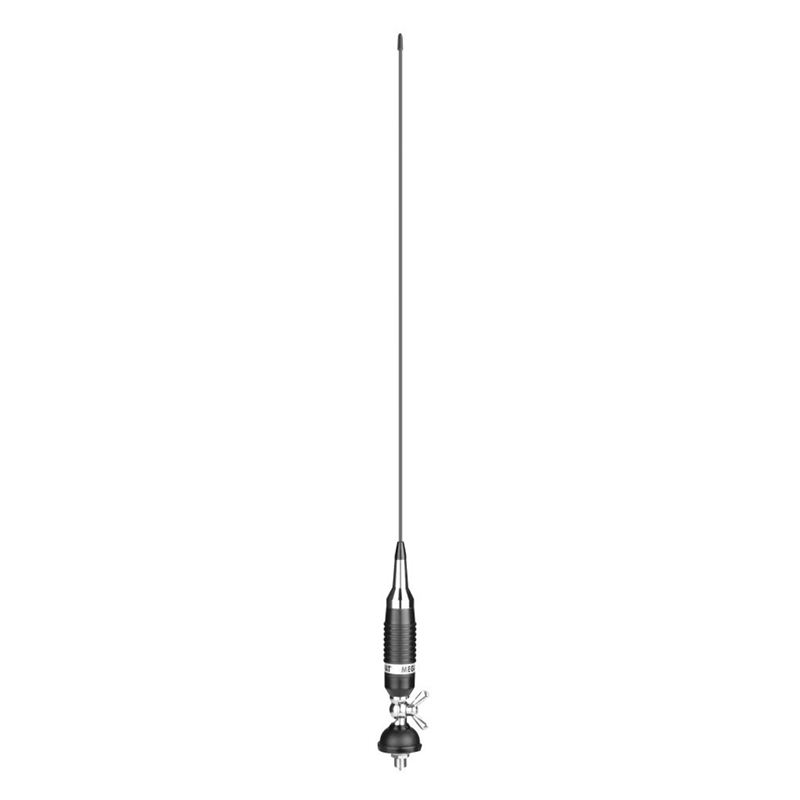
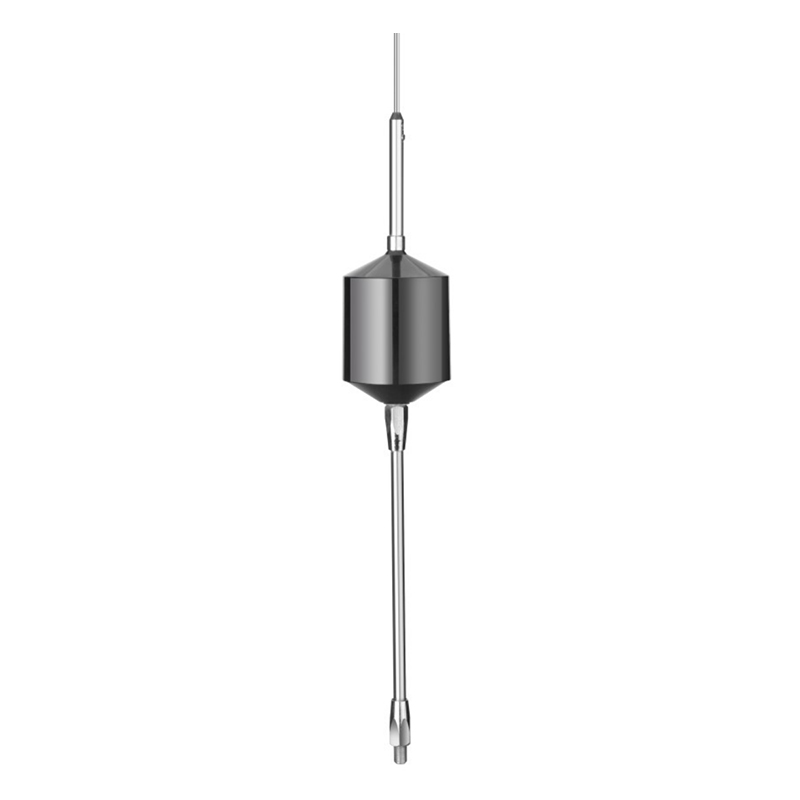
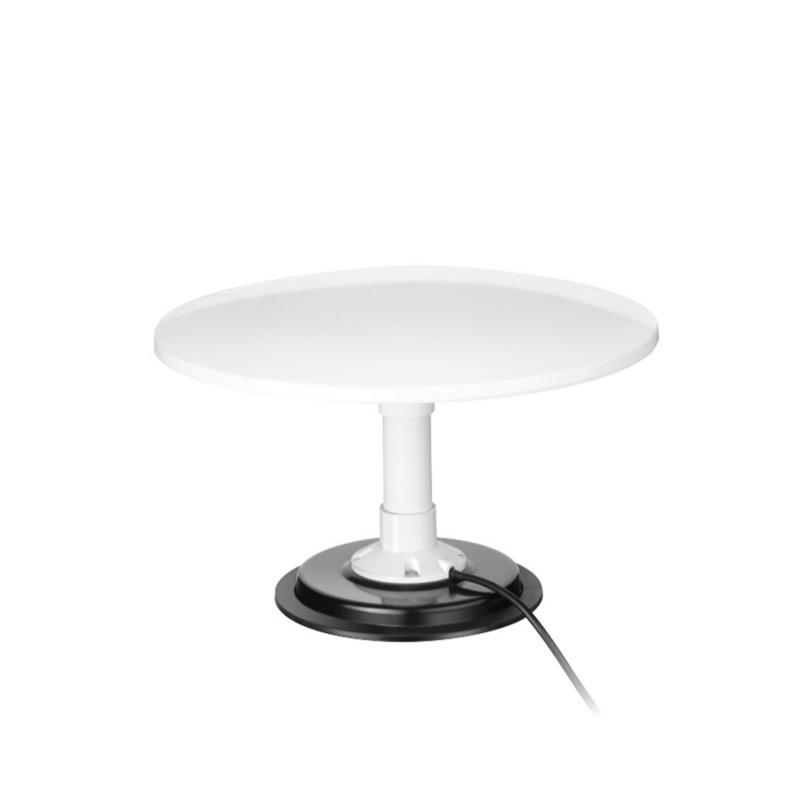
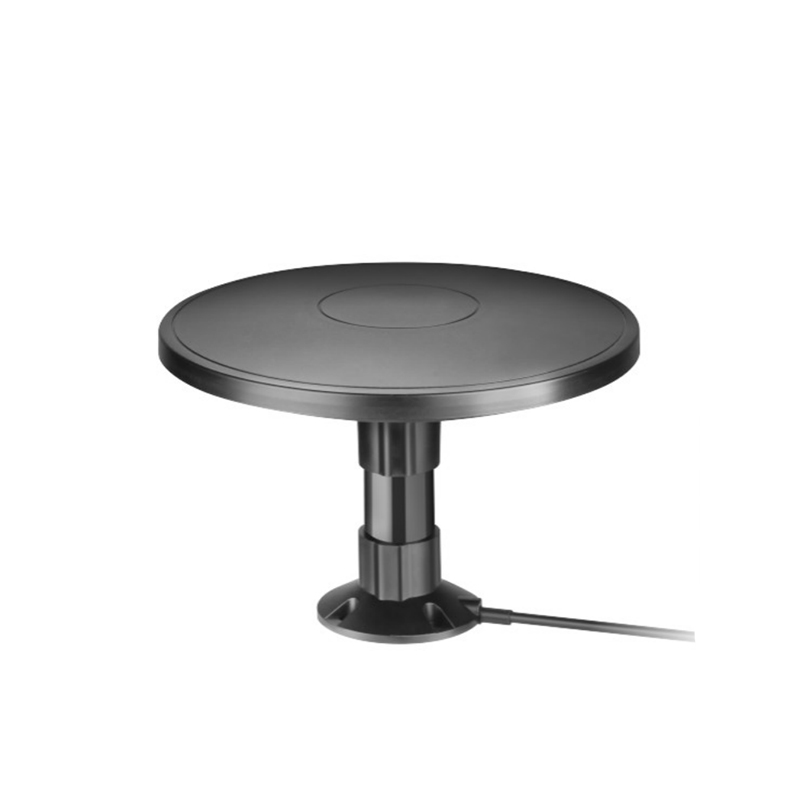
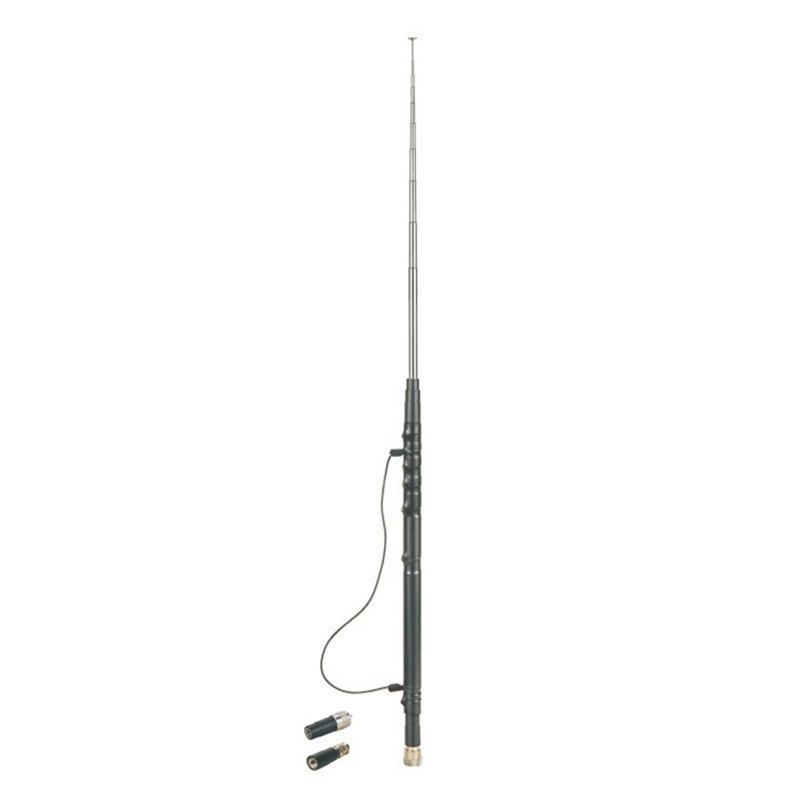
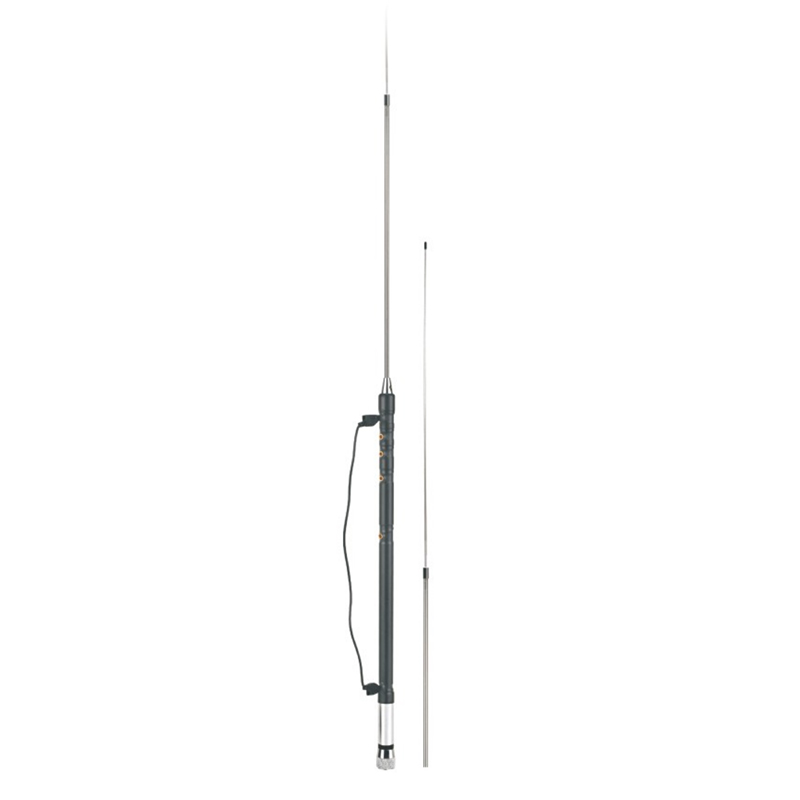
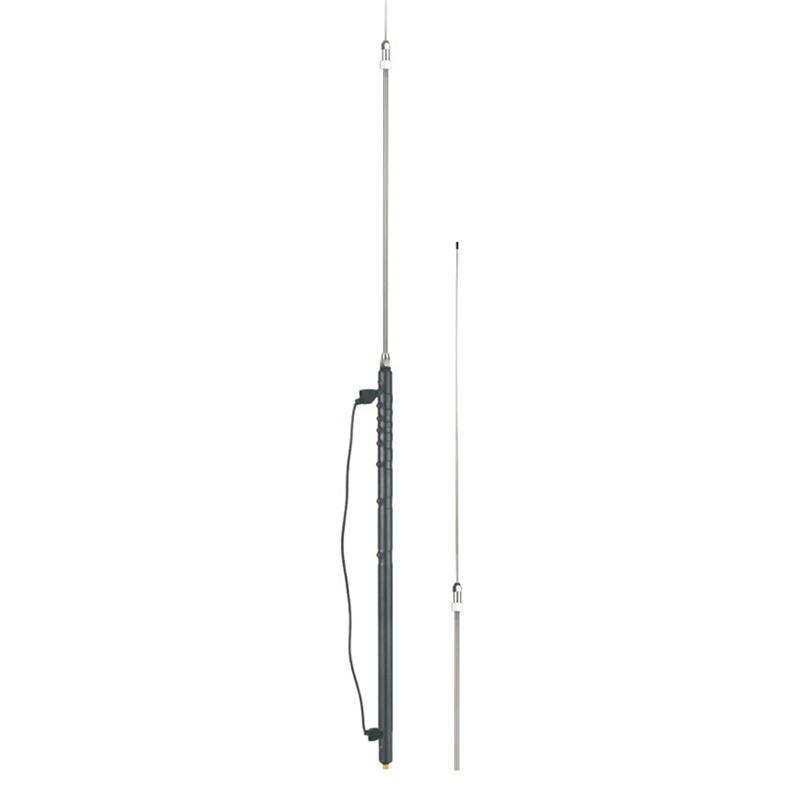
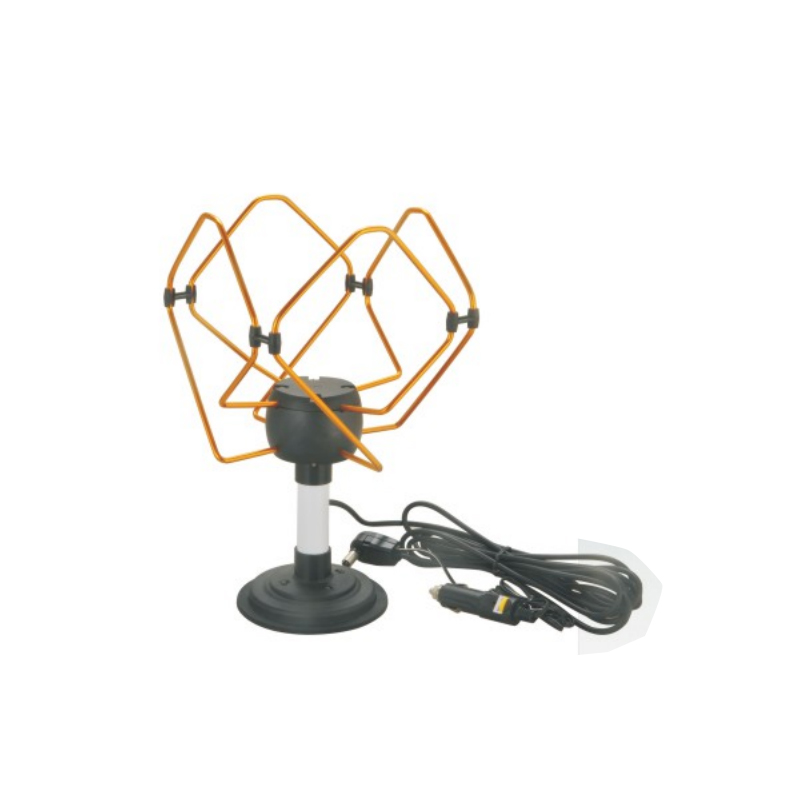
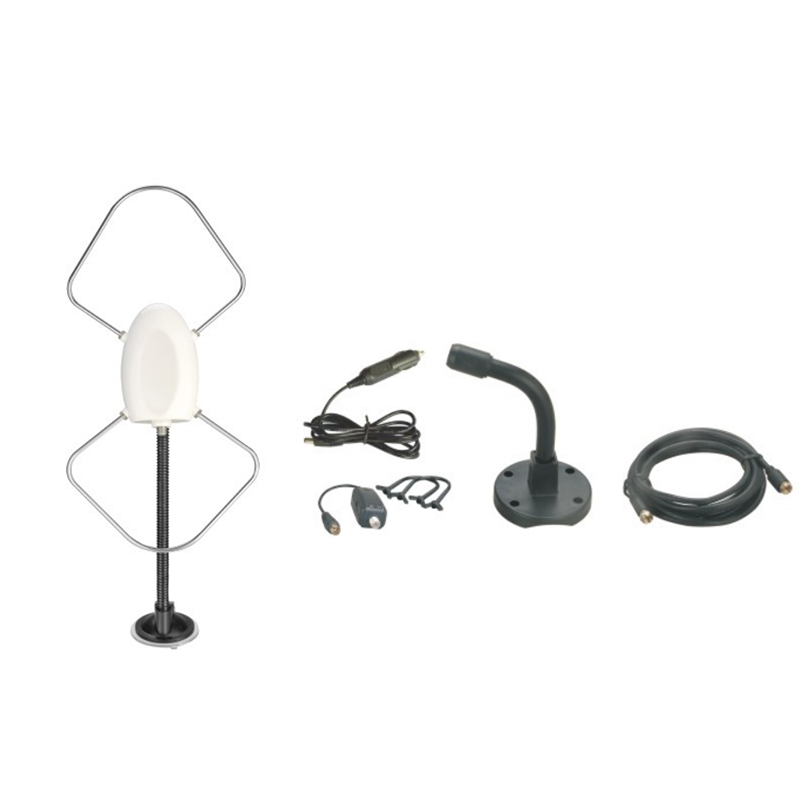
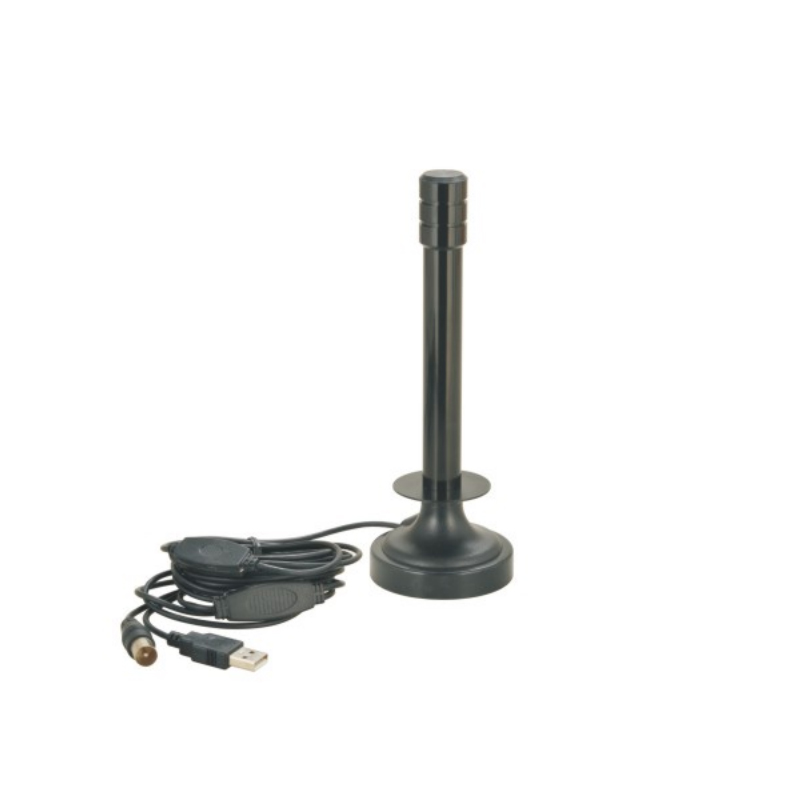
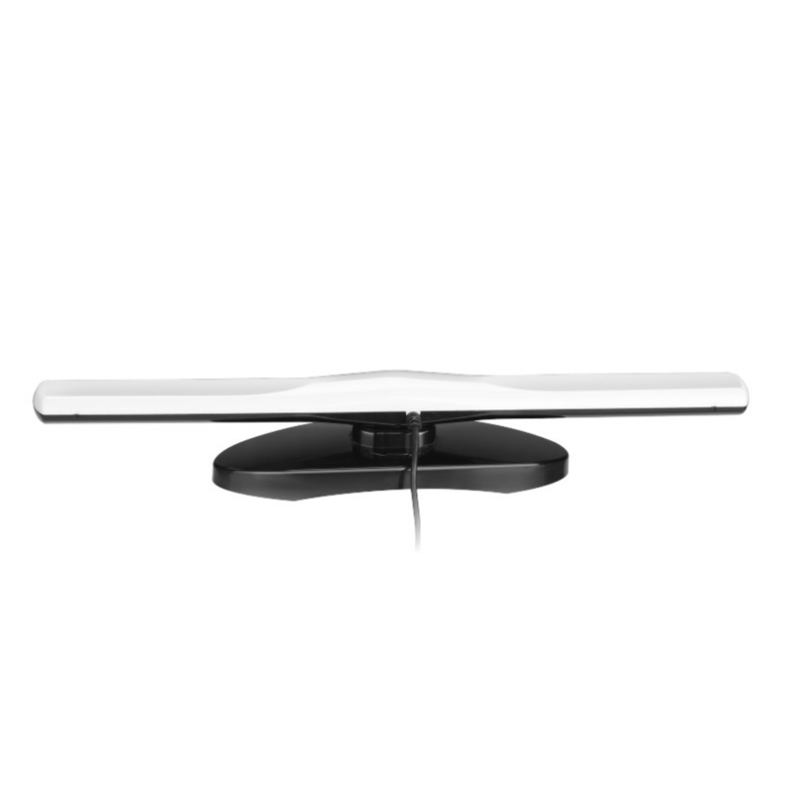
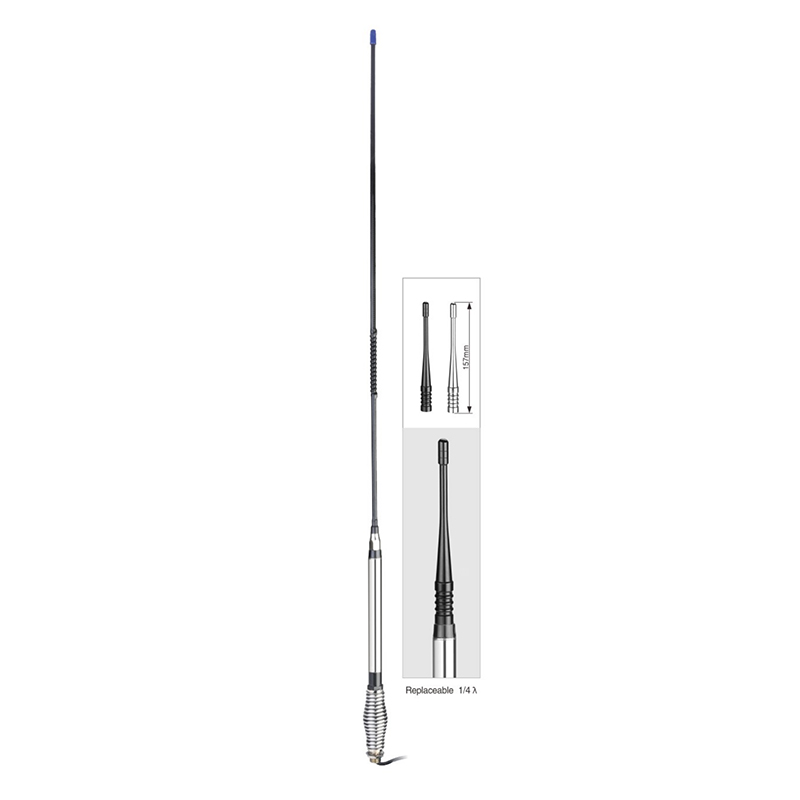

Contact Us